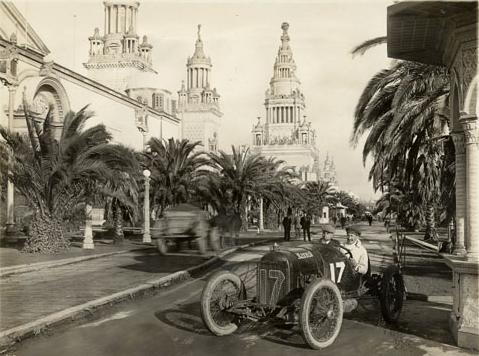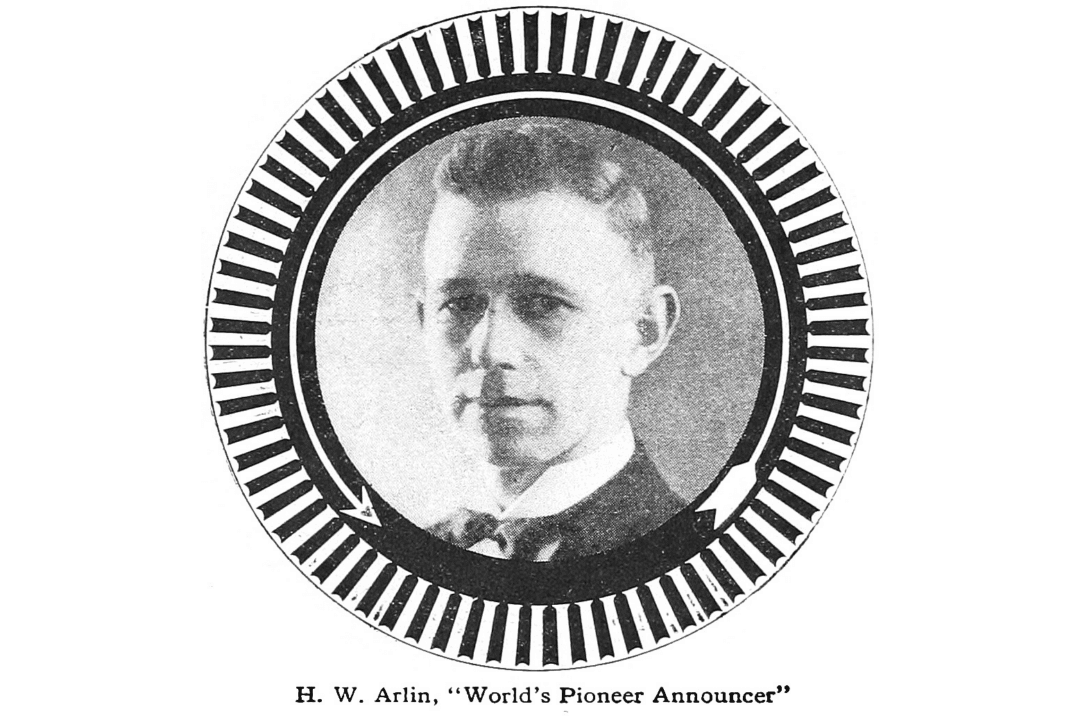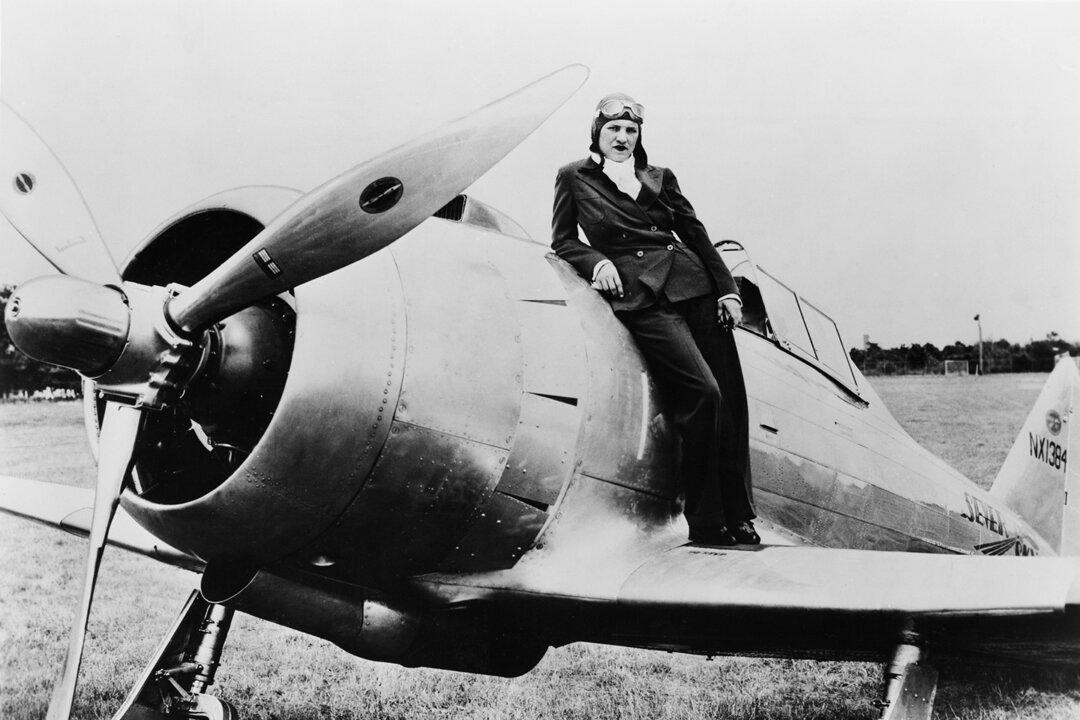Eddie Rickenbacker (1890–1973) had a knack for danger and an affinity for new technology. He had, according to him, 135 scrapes with death. His passion for speed, whether in cars or in airplanes, was a prime reason for these close encounters.
He was born into poverty to Swiss immigrant parents who were both religious and disciplinarians. As a child, he was a bit of a troublemaker, but when his father died in a construction accident (though there’s some suspicion about foul play) when he was 13, he left school and started working to help the family.






